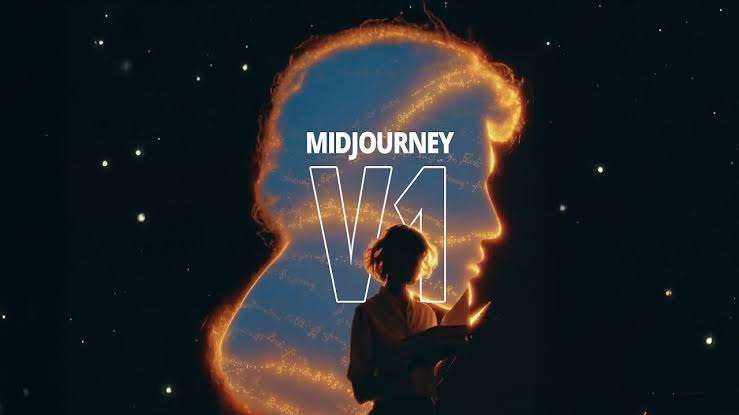Midjourney, the San Francisco-based AI lab known for its innovative text-to-image model, has launched its first AI video generation tool, V1, on June 18, 2025.
The model, now available via Discord and the web, transforms static images into short animations of up to 21 seconds, marking a major expansion of Midjourney’s creative toolkit and a strategic move into the burgeoning AI video market.
V1 is a Step into Motion
Midjourney users can now animate previously generated images—or uploads—into video clips.
By selecting “Animate,” users trigger the generation of four 5-second video versions, which can be extended in four-second increments up to a total duration of 21 seconds.
Two settings — automatic and manual — enable either AI-driven or prompt-based motion, while “low-motion” and “high-motion” modes define the intensity of movement.
The model is accessible under all Midjourney plans. At $10/month, subscribers gain video features with allocated GPU time. Higher tiers offer unlimited video in a slower “Relax” mode.
Quick Review
The pricing model is reportedly eight times more resource-intensive than image generation, though cost per second remains comparable to still-image outputs.
Midjourney positions itself uniquely as an affordable, creative-first AI video tool.
While competitors — such as OpenAI’s Sora, Runway’s Gen 4, and Google’s Veo 3 — focus on cinematic or commercial use cases, V1 targets content creators with a simple user experience and artistic flair.
Early adopters describe the result as “surpassing expectations,” particularly in textures and motion coherence.
That said, V1’s current video quality leans stylized rather than photorealistic, and it lacks audio and advanced editing functions —placing it slightly behind its competitors on technical capability.
A Broader Vision: Beyond Video
Midjourney CEO David Holz frames V1 not as a standalone product but as a building block toward real-time, open-world simulation.
The roadmap includes future releases in 3D rendering and real-time generative systems —potentially offering users interactive virtual worlds.
The timing of the launch coincides with looming legal challenges: weeks ago, both Disney and Universal sued Midjourney for alleged copyright infringement in its training data.
Though V1 adds momentum to Midjourney’s creative evolution, the legal narrative adds complexity to its trajectory.
Why It Matters for Creators
- Video democratization: V1 offers independent creators access to animated content once limited to high-end studios.
- Affordability: Even entry-level subscribers can access video tools without cost-prohibitive fees.
- Creative expression: The ability to animate still art opens new storytelling formats for social media, marketing, and education.
However, creators should note limitations. The maximum 21-second clips and visual, not audio, output may constrain broader use cases. Still, as a first version, V1 introduces many possibilities.
Talking Points
Midjourney’s V1 may captivate creatives, but will it be enough to challenge giants like Sora and Gen 4?
At 480p and 24 fps with no audio, V1 is more experimental than production-ready.
Its stylized aesthetic sits between realism and fantasy—will audiences resonate?
Offering video to all users forcibly expands bandwidth—how sustainable is this?
Legal battles in copyright could threaten adoption despite technical leaps.
Will Midjourney ramp up video duration or resolution?
Can it avoid licensing issues while scaling V1?
Also, will its ambitions in 3D and real-time simulation match user demand?





